– The Wisconsin Collection is a partnership of the Wisconsin Historical Society and Wisconsin Public Television.
[man drumming and singing in Ojibwe]
– Narrator: An oral tradition within a culture is the means by which information cultural traditions, social expectations are transmitted from one generation to another through song, through story, orally.
[singing and drumming continue]
– Oral tradition tells us who we are and what is ours. And it also explains to us our origin. We embrace oral tradition not so much because it is a repository of fact but that it seems to answer those questions that have to do about truth. It is time in memorial. And whether we have the correct times, and dates, and names is secondary. It’s the felt truth of the story.
– Edward Benton-Banai: My real name is Baw Dway Wi Dun. That name is my spiritual name. I’m also known as Eddie Benton-Banai. That’s the name you’ll find on all my vital statistics papers. I don’t have a birth certificate so you won’t find that. But on all the records: school, driver’s license, military that’s the name you’ll find. But my real name is who I really am. The Ojibwe word definition of Baw Dway Wi Dun is related to the thunderbird spirit.
And so, in that relationship then a person bearing that name is also known as a messenger, a teacher in that respect. So, that’s who I really am. The history of my people the Ojibwe-speaking Anishinaabe and all of the indigenous people of this part of the world our history goes back many thousands of years. Our oral history would put us at the moment of creation.
And the creation story indicates that the Creator, the one Creator placed his children, the Anishinaabe people on the earth, on this part of the earth which means that we have absolutely no belief or lend any credibility to the Bering Straits idea. But for people who are comfortable with that we’ll not argue with that. But we know.
We know, and this is what I teach my children my grandchildren and soon, my great-grandchildren and all the people that I come in contact with that the true history of the original people of this part of the world has never been written. It’s been written about, but the history– the true history of our people is recorded in our genetic memories and is acted out via our songs, our stories, our rituals and via our original religion which, for the Ojibwe people, is the lodge the Midewiwin Lodge.
In the Lodge, and within the Lodge is kept the original teachings. Not available in print. Not available via print media in any respect. And it’s only– It’s key– The key to it is the language. So, without the language a person wanting to delve into that history whether for personal or spiritual reasons without the language you’re a very, very handicapped person in that respect.
I’m very fortunate in the fact that I was born to a family to families who did not allow the English languages to be spoken in their homes. And I grew up in that environment. I did not begin to hear the English language until about age seven and then at that age, very, very minimally. I was not permitted to go to school until age nine. And the reason was that I sit here now at 62 years of age and English is my second language.
I speak my original language the natural language of the Anishinaabe people which is Ojibwe. And along with that, with that background, of course I heard only Ojibwe history. I was taught Ojibwe values the rituals, the songs, the philosophy, the theology. And I was raised in that manner. I was first introduced to fasting at age five. And every second year after that I was made to fast. And in time, began to understand what that was all about and what that’s for.
Fasting– today people like to use the term, “vision questing.” But fasting is a learning process. It’s a learning process of meditation, of prayer of thought and analysis. The Ojibwe people had developed a very keen educational system within their own culture and within their own environment. A lot of people were forced to abandon that, of course as we got civilized. But therein lies the absence of our history.
What has replaced it but Euro-American history– A very heavy emphasis on the European peoples and their history. That’s what we were force fed. And then, in that force feeding, of course we were forced to abandon our own history. And trying to replace that with somebody else’s values and somebody else’s history leads to, largely, a people who have no roots who have no bearing.
And being lost in two different worlds losing your own culture losing your own identity and then not being accepted into the dominant society because you are Indian sets up a losing situation and is terrible. And Indian people are in a very tough situation. We live in a modern, industrial and contemporary society that’s racing along towards its own destruction. As an ethnic group we have the shortest life span of anybody in this country. Prior to 1492, we were a healthy, very wealthy nation.
We didn’t have a federal reserve bank but we were a very wealthy nation. When you are healthy in spirit and you’re healthy in body, you are wealthy. And when I say wealthy I don’t mean the laying up of riches or the accumulation of material things but we were a very wealthy nation. The people that are now called traditional people if you look at them as the Indian population you’ll find an absence of alcoholism. You’ll find an absence of suicide. You’ll find an absence of drug abuse.
You’ll find an absence of all of these contemporary behaviors– negative contemporary behaviors. So, you know, when we think about history we think about how we were prior to 1492. And you start out by saying “The Creator placed us here, on this part of the world. This is our homeland. This is our roots. The earth is the mother of all living things.” That’s the starting point. You have to knock out and get rid of some racist and stereotypical kinds of things.
One of those being the idea that– It’s always being thrown around that Indian people worship a lot of gods. That is totally false. That’s one of the greatest lies that was ever told by the civilizers. And it’s come– And it has come down, even to this age. I mean, there’s young, non-Indian kids in school today who believe the very same thing that their grandmothers and grandfathers passed on to them. So, you know, it’s generational. And so, the problems are generational.
But when we take a look at our own history and say that we have a history on this continent that goes back 50,000 years-plus you’re looking at a long period of time. And we weren’t running around these woods here, naked and not knowing what to eat and what made us well. We knew that very well. And the idea about the history of Wisconsin. We, the Ojibwe people were given seven major prophecies. Seven major prophecies probably about 500 years prior to 1492.
One of those prophecies was the coming of a light-skinned race to this land. At that time, around 850 A.D., or 900, we as a nation we’re still principally located on the eastern seaboard around the mouth of the St. Lawrence River. And somewhere around that same period of time we were part of a large, large spiritual confederacy. The Algonquin nations had a spiritual confederacy. And through that confederacy we had trading relationships with many other nations the Seneca, the Iroquois peoples.
In our oral history, it’s stated very clearly that the Midewiwin Lodge stood side-by-side with the Long House. And neither the Long House nor the Midewiwin Lodge incurred into the other but that there was mutual respect as the teaching is about respect which is a key. We have always respected other people’s beliefs and other people’s way of life and perhaps too much. Perhaps, we respect it too much because, you know, with that natural respect and with that value, we became easy marks.
We became easy prey. And to the people that were coming into this part of the world from across the ocean needing land we said, “There’s plenty for everybody. How much do you need?” you know. And we can see the results. Today, I sit on a little patch of ground here that my grandfathers and grandmothers walked upon and picked berries. And it’s only by sheer might and sheer will that I’ve saved this little piece of our original homeland. And I’m going to save it.
And I’m going to keep it in such a way that it’s going to be in our hands for seven generations from now. That’s the way that we look at everything at what we do during our lifetime has to reflect seven generations into the future. @ When you think about that when you really, really think about that the dominant society has no such concept. They have no such value. And I wonder. We have been together 500 and some years we still haven’t learned enough about each other.
I don’t think white society knows anymore about us today than they did in 1492 or whenever it was they got here. And have never bothered– They’ve never bothered to learn. Only assumptions have been made assumptions that we worship everything. Well, we do. We worship everything because everything is of the Creator. The spirit of the Creator is in these beautiful trees, here. These beautiful trees are living beings.
I can point out to you which one of those two trees are male and which one is female. And it takes two of them to produce seeds that will produce more trees. But has any white people ever asked us how we can tell and what that means? No. Because all those trees represent is board feet of lumber which are marketable and dictated by Dow Jones. That’s the sum total of interest to this beautiful land and to its resources.
In these woods, as we look around anywhere here across the lake, in the swamps that we came by there’s medicine there that can heal cancer. There’s medicine there that can heal many things. Has anybody ever asked us about it? No. Only if they want to patent it, only if they want to exploit.
– We, as a nation were still principally located on the eastern seaboard and an urging of the people to follow the setting sun. There was a prophecy of the finding of a sacred food. It was described to us as food that grows on water. And coming here, to this part of the world to this part of the country the abundance of wild rice was just absolutely amazing. Every lake and every river was just absolutely overflowing with wild rice. Food growing on water.
That’s how the migration came to its end here. And where it started from in the mouth of the St. Lawrence River somewhere there, there was a great rock formation actually an island that was in the shape of a great turtle. And that turtle was facing this direction. So, that was the starting point. The migration was well recorded. People know where we were. But when we came to the land of the food growing on water we knew that we were somewhere close.
So, the actual westward movement of the migration stopped in what is now Duluth, Minnesota. And high up on what is now known as Spirit Mountain on a given daybreak, on a beautiful daybreak they looked down upon these beautiful waters and there was a turtle-shaped island. And nobody knows this history, either. But that’s the real history. And that island was known as Manitou Island Spirit Island because that’s what they were looking for.
Then, of course, eventually, we moved on to what is now known as Madeline Island. When the long-coats, the missionaries– they were prophesied, too– The ones with the big, long, black robes and the big, black hats, carrying a book they were prophesied, too. When they began to come this way, then this was after contact, of course around 1580, early 1600s Madeline Island was the thriving spiritual center of the Ojibwe nation. That’s where the sacred scrolls were taken.
That’s where the sacred water drum was taken– all the sacred articles that represented the migration. When it was known that the black-coats the missionaries were headed this way there was another flurry of activity because it was known what was going to take place that eventually Madeline Island was going to be overrun and that to stay there to keep the sacred articles there would be foolish. And so, there was a mass exodus from Madeline Island.
And at that time, then that’s how these small bands, reservations began to be established. It was directly from Madeline Island that my grandfathers and grandmothers came to this part of what is now known as Wisconsin. And then, it’s from here there was another dispersal of people and clans and families the St. Croix people, Mole Lake people Lac du Flambeau people. So, this was kind of a secondary dispersal center of the people. But it was always on that basis.
So, the exodus from Madeline Island preceded the arrival of the traders d the missionaries by quite a few generations. But they really did not know it. And there are still some people today who don’t know. So, you know, there’s a great deal in our history that talks about Wisconsin. We knew these lands; we knew these rivers; we knew these lakes very, very well.
When you couple, today, with the names of some of these places for instance, Wisconsin River that’s really taken from what we named the river “Ouisconsing River,” the twisting turning river. And in that description it must have been a huge, beautiful just an absolutely– Oh, god, it must have been so tremendous. It’s mighty. It’s powerful– Ah, beautiful. When you look around the state of Wisconsin you’ll see our place names in many places.
And it indicates how well we knew– And what we felt– what we felt about the land. The tall, absolutely magnificent pines that stood on these lands giants that had stood for centuries. And the people’s tears and anguish and sadness when the civilizers came and cut them down. Those were heartbreaks that many, many people have still yet to recover from. It was absolutely magnificent.
You look at the history of Wisconsin the recorded history of Wisconsin and the size of those trees was just absolutely tremendous. And so, this whole land was like that. It was fresh and teeming with game and animals medicines, food, fruit– of every description. There was no place you could be here in this part of the country, and starve unless you wanted to because there’s food and medicine everywhere. So, our story of Wisconsin takes many turns. It’s a spirit.
We had a spiritual connection to the land. Everywhere we look we know that our grandmothers and grandfathers are buried. And there are key points where people do not know do not know what’s there because we’ve hidden a lot of things. And as a result of that there’s a lot of distortion in history. There’s a lot of distortion in the way people write about us. We haven’t taken great pains to correct some of those things because some of those distortions actually hide actually conceal something.
There are many beautiful sacred places here in this part of the world, this part of the north. So, our relationship 500 and some years we’ve lived side-by-side and I think America still has a lot to learn about us and from us. And I, for one, knowing what our true religion is, our teachings and living them to the best of my ability know that someday– Someday, our white brothers are going to come.
They’re going to ask, “How can we live in peace?” And I, for one, can articulate the message that was given to us generations and generations ago even before the arrival of the light-skinned race. One of the prophecies was this, in very simple words. The spirit that spoke to the people said to the people– and that’s us, the Anishinaabe people– “You shall know the truth of these things when these things shall come about.” And you know what he described? Here’s the words.
In the language, it sounds like this…
[speaking Ojibwe]
– And in those words the English interpretation is this. “That you shall know the truth of these teachings “and the truth of these prophecies “when the time shall come “that the rivers will run with poison and the fish become unfit to eat.” Has that happened? You think it’s untrue? It was prophesied. It was prophesied then, too that in the time of the seventh fire a new people would rise up. And when I first heard that I thought, perhaps, it meant only Indian people.
But I realize now that what was prophesied was that there’s got to be a new people. Because the people that we’re dealing with now are going to destroy the earth. And along with that destruction is going to be the destruction of all of us. And so, there’s got to be, and there is– There is slowly rising a new people.
A new people that will begin to appreciate each other for who they are, for their differences for the differences in the way they look at things and the way that they think about things. And that, therein to me, is the salvation of humanity. Otherwise, it ain’t– Otherwise, we’re gone. There ain’t going to be no seventh generation for any of us.
– So, our story is a very touching story a very sad story, in some respects. Yet, it’s beautiful, too. It’s beautiful and lasting because in spite of the fact that the lumber companies came in here and cut it all down, almost we’ve still survived. These trees are never going to be cut down. The wind might take them down if the Creator sees fit to blow them down but there’s no lumber company ever going to take them down.
[drumming, singing in Ojibwe]
[drumming and singing stop]
– We all stop, just like that.
– The Wisconsin Collection is a partnership of the Wisconsin Historical Society and Wisconsin Public Television.
Search Episodes
Related Stories from PBS Wisconsin's Blog

Donate to sign up. Activate and sign in to Passport. It's that easy to help PBS Wisconsin serve your community through media that educates, inspires, and entertains.
Make your membership gift today
Only for new users: Activate Passport using your code or email address
Already a member?
Look up my account
Need some help? Go to FAQ or visit PBS Passport Help
Need help accessing PBS Wisconsin anywhere?

Online Access | Platform & Device Access | Cable or Satellite Access | Over-The-Air Access
Visit Access Guide
Need help accessing PBS Wisconsin anywhere?

Visit Our
Live TV Access Guide
Online AccessPlatform & Device Access
Cable or Satellite Access
Over-The-Air Access
Visit Access Guide
 Passport
Passport





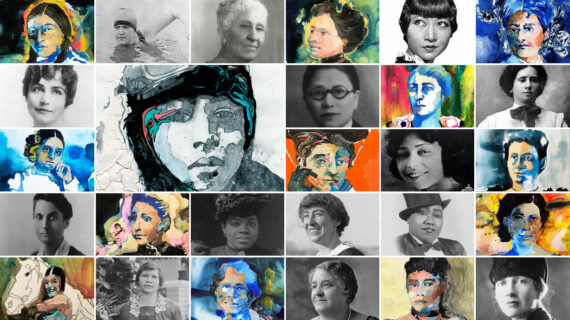
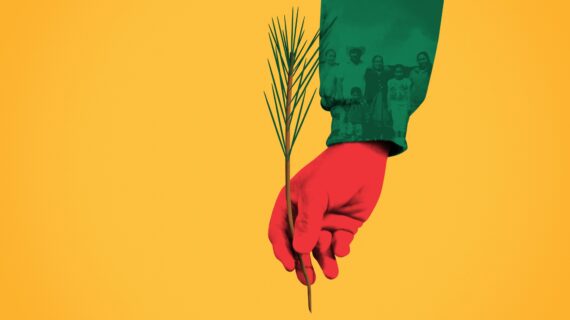
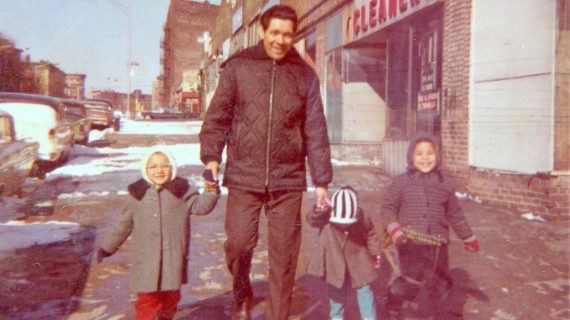
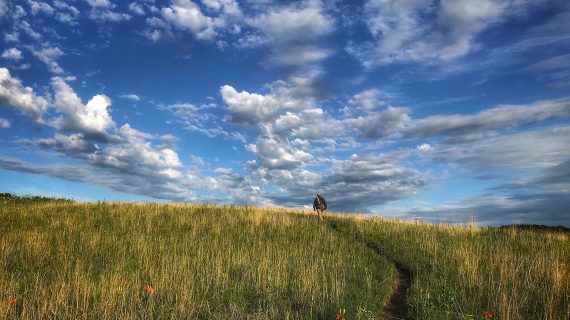
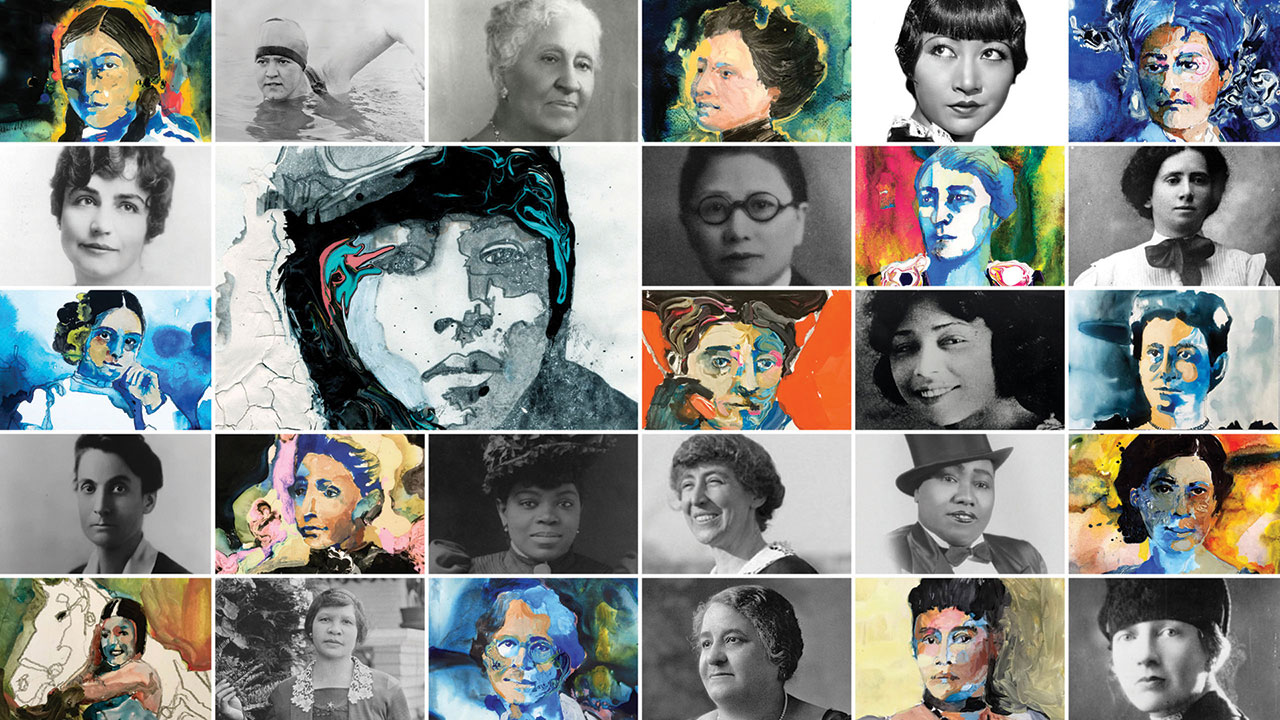
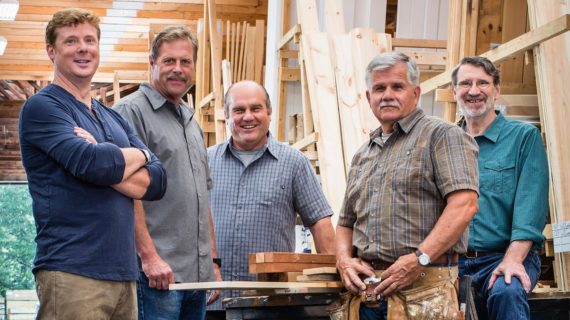

Follow Us